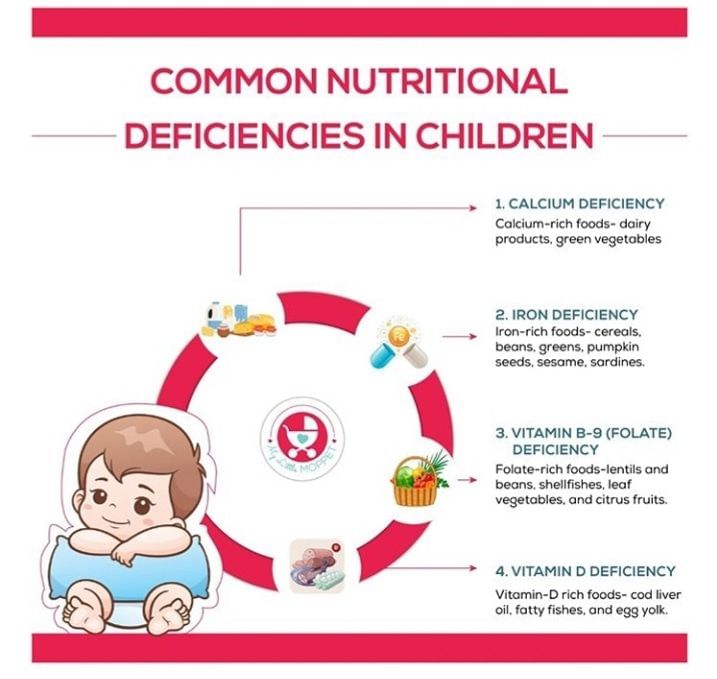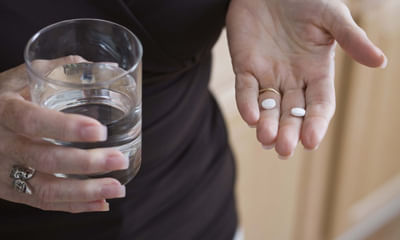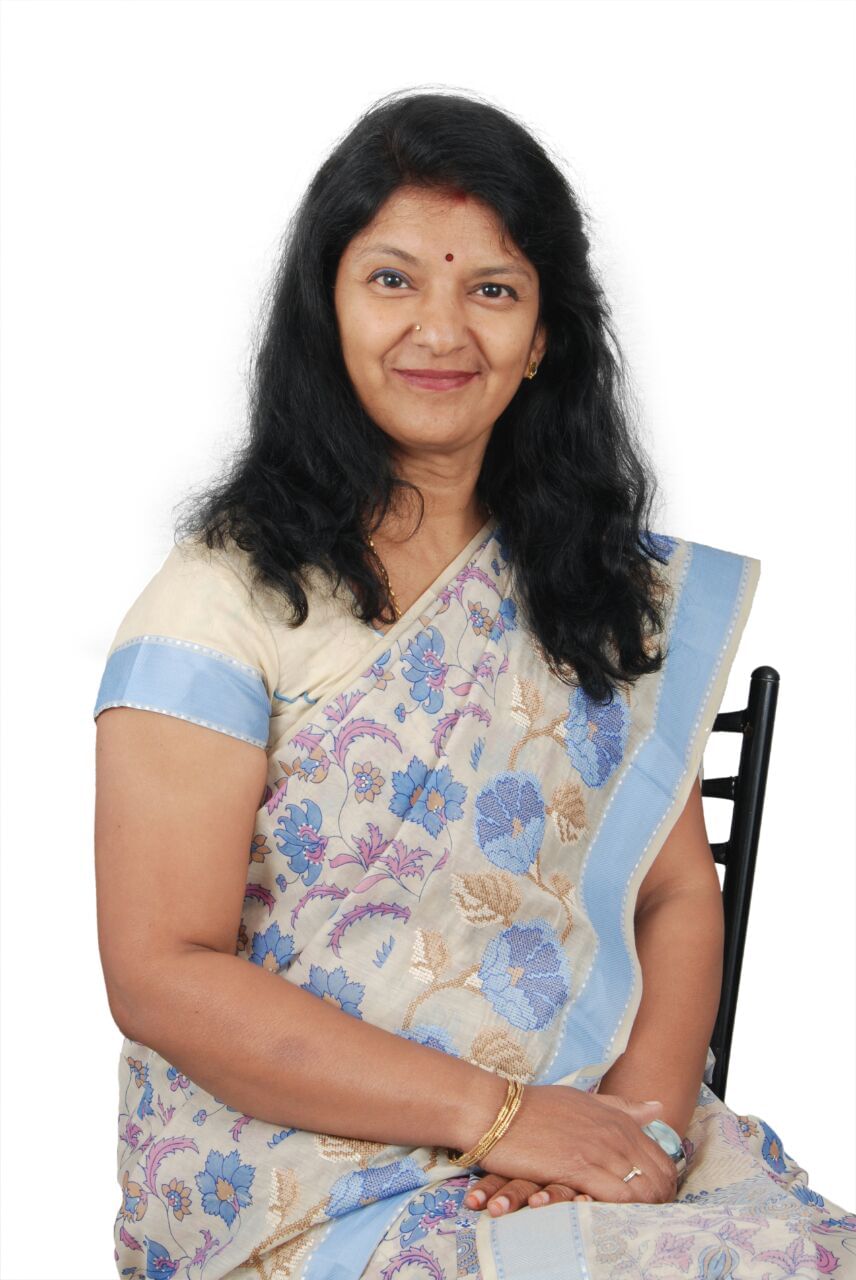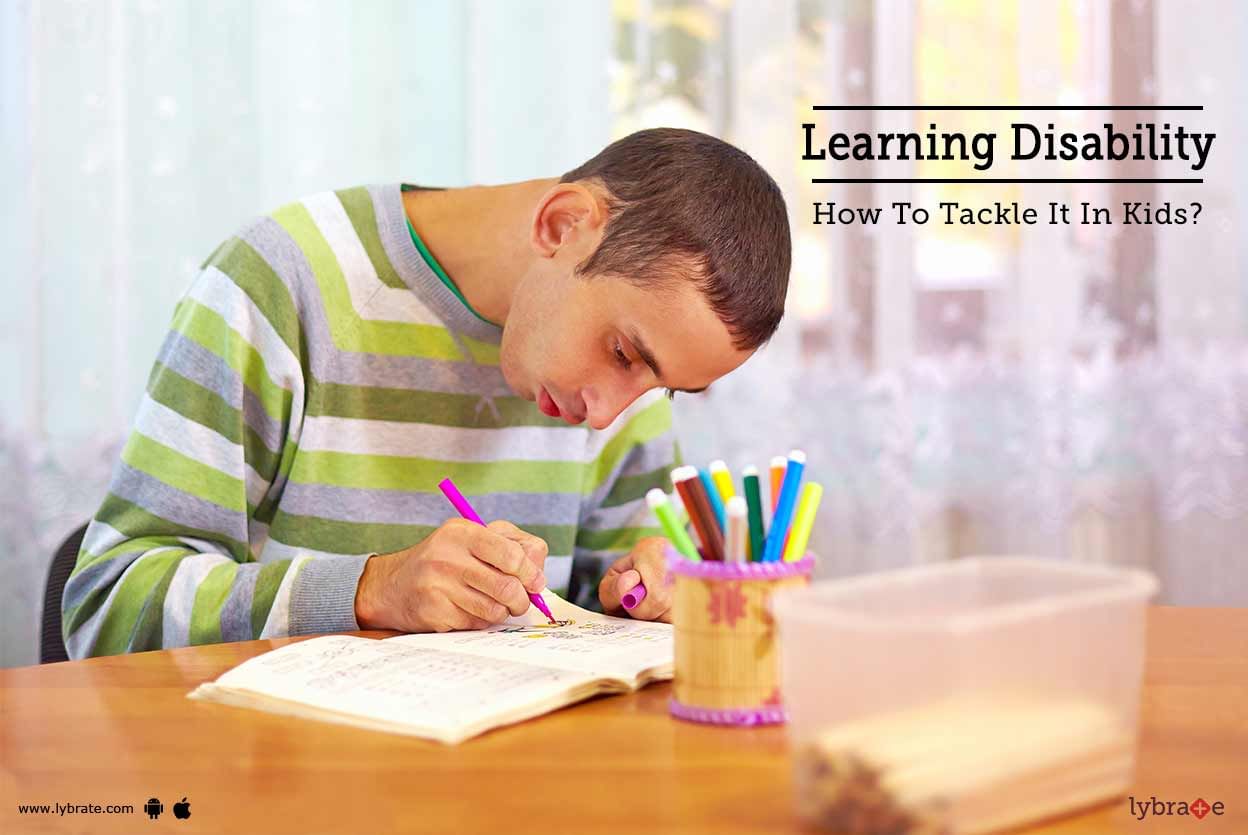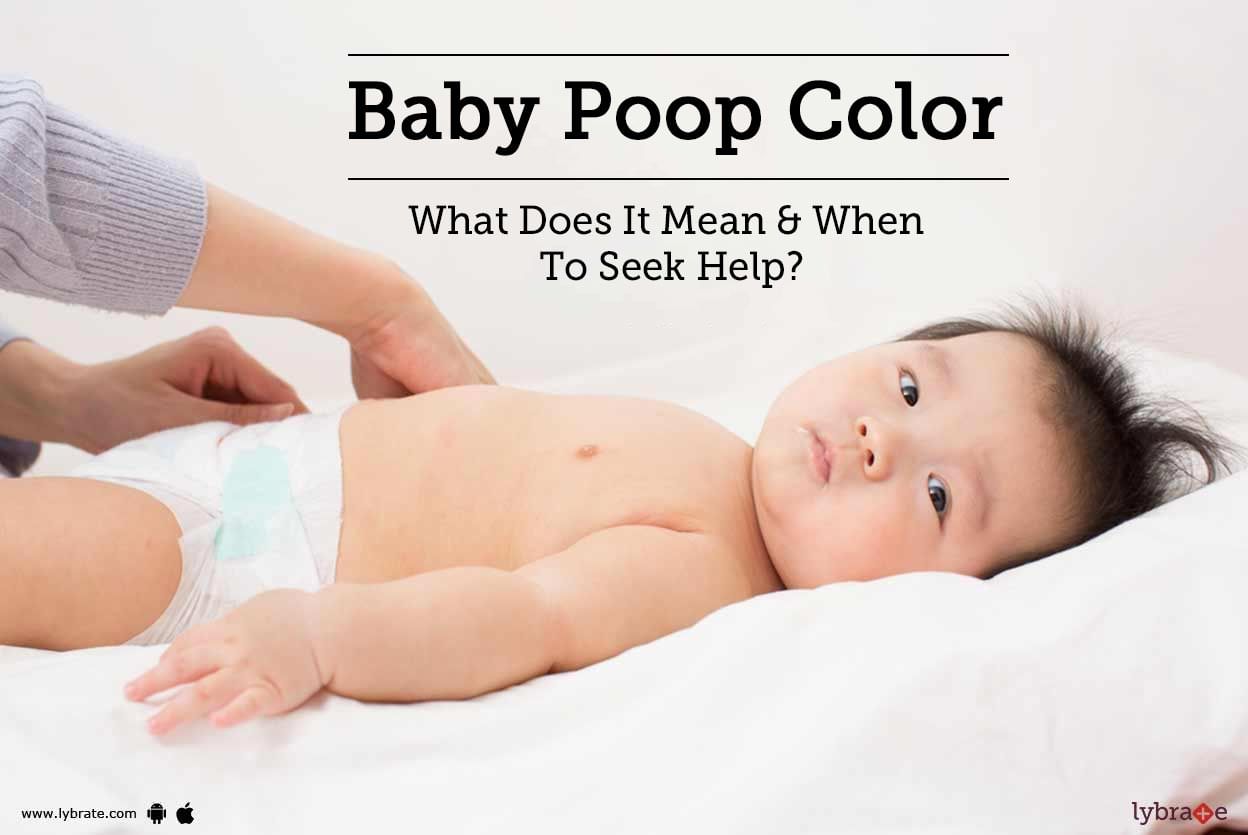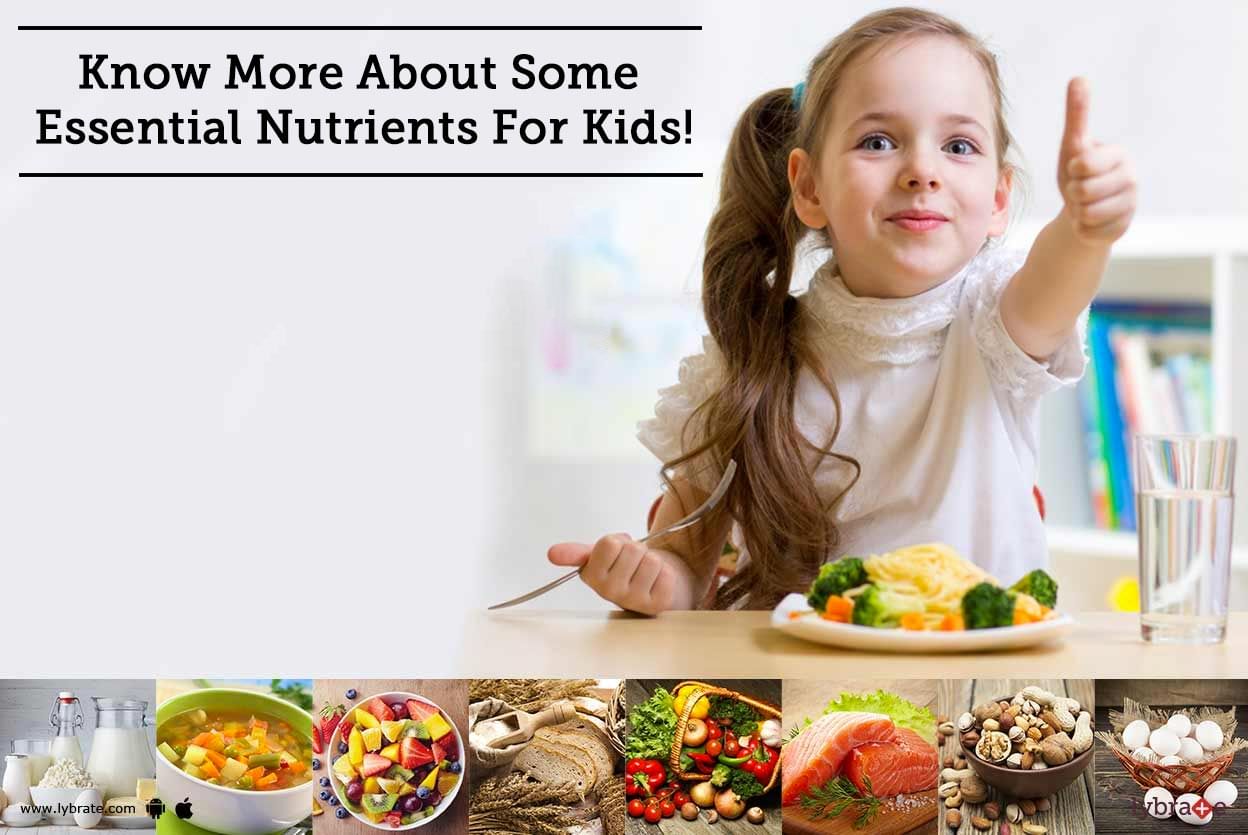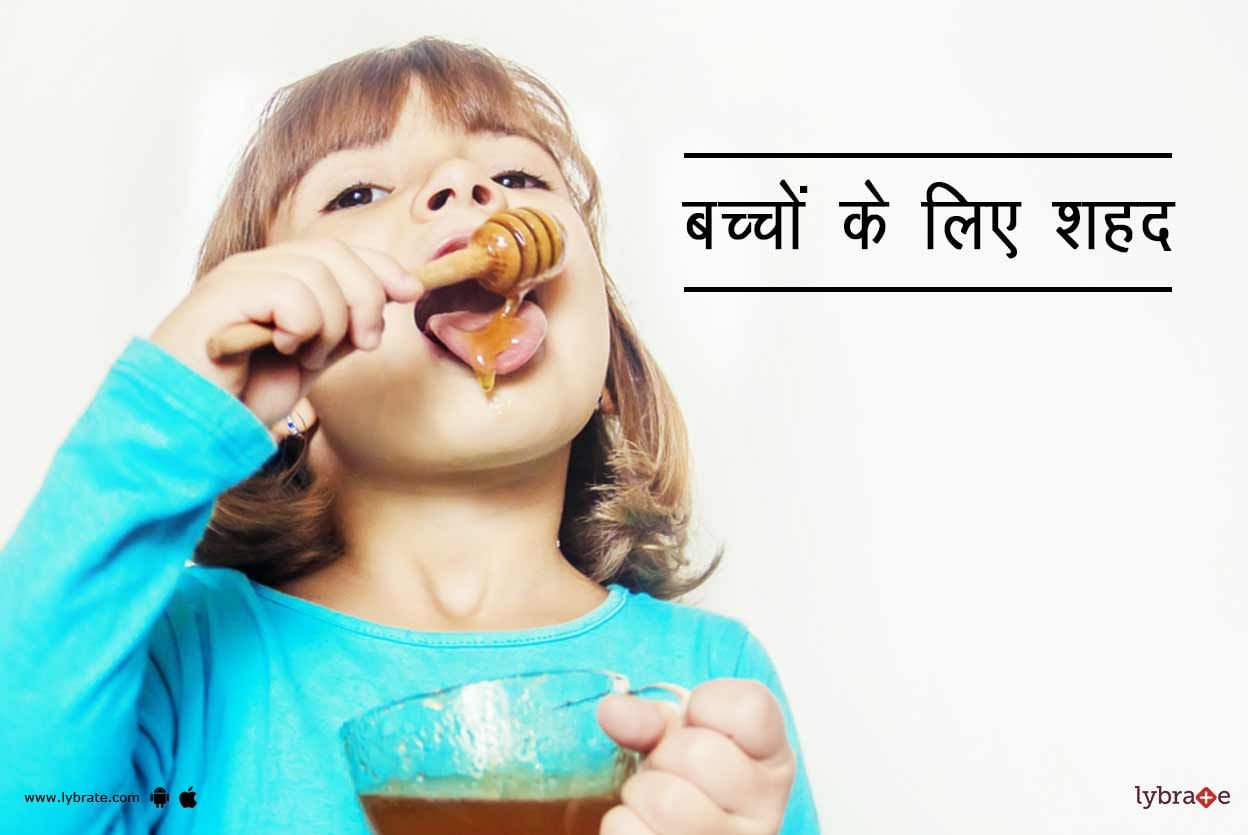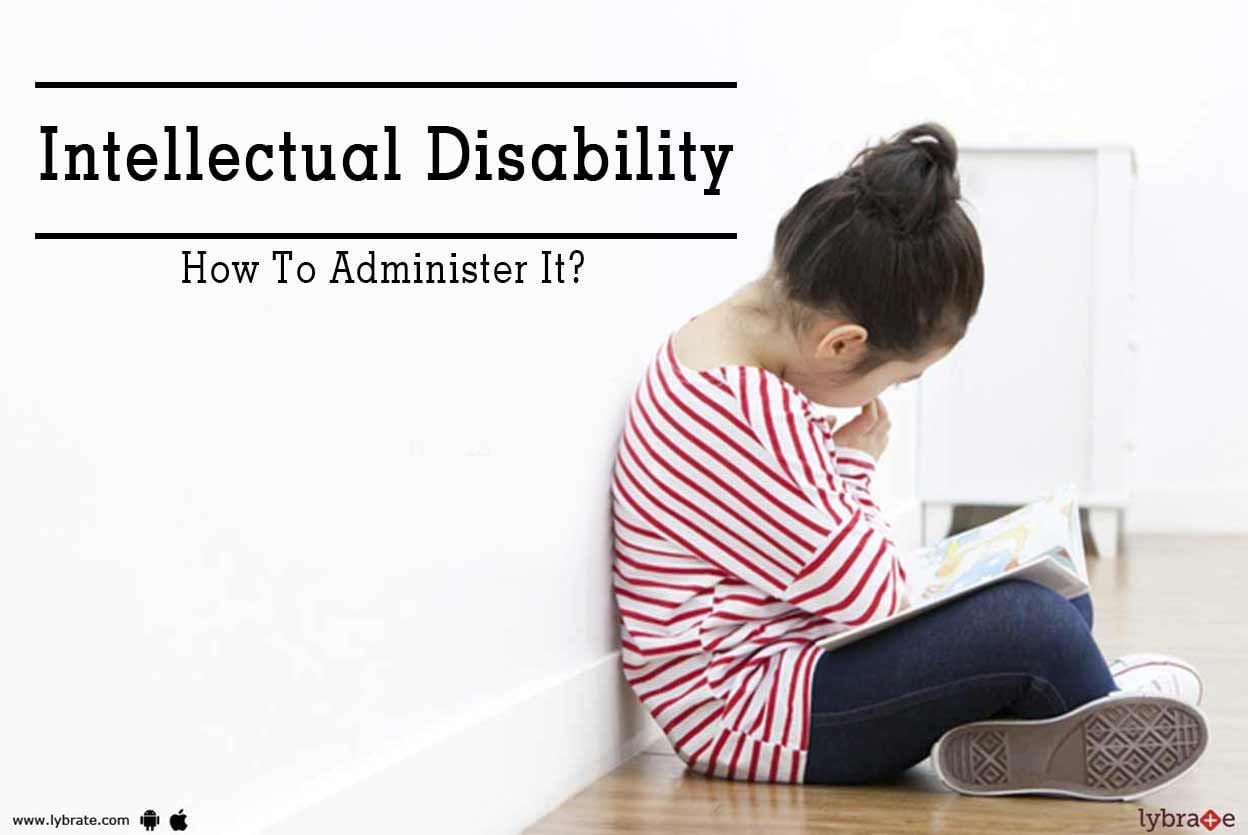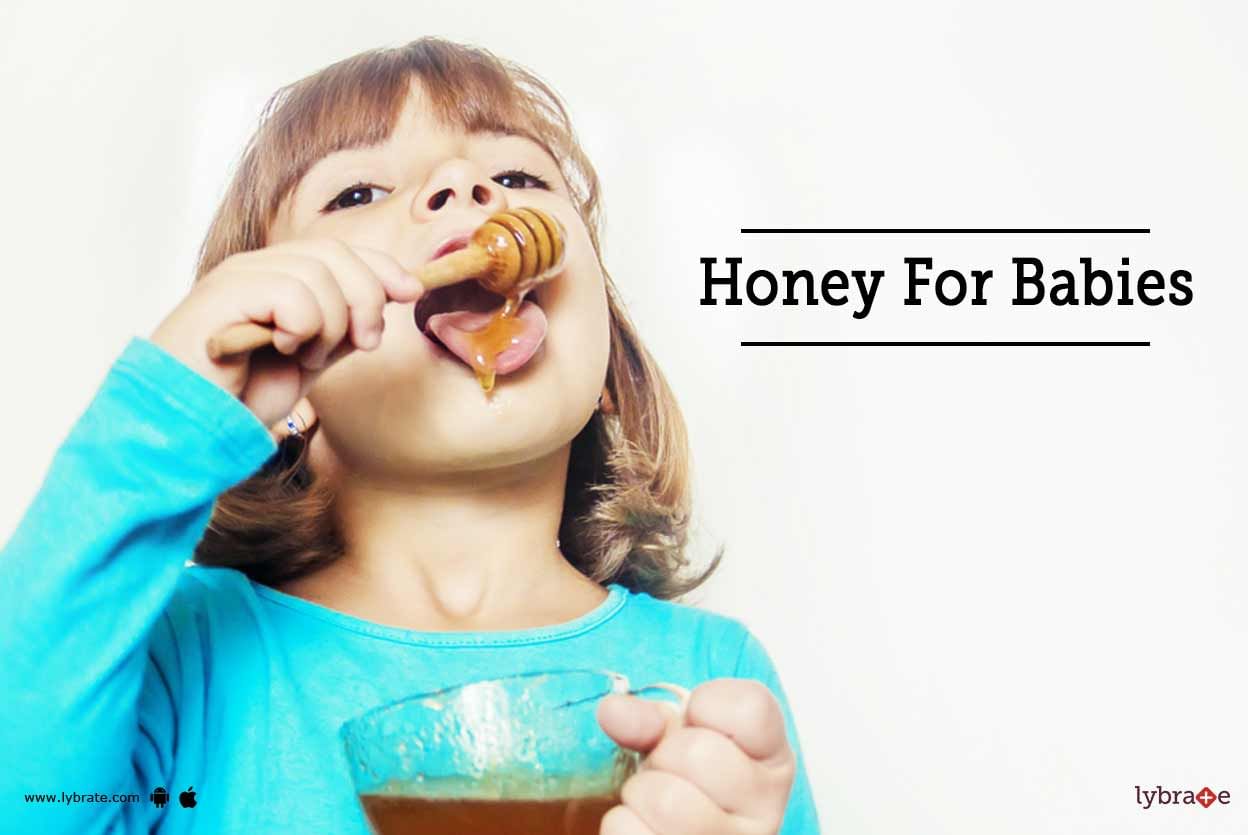Get the App
For Doctors
Login/Sign-up
Health Feed
Find Doctors
Health Packages
AllQ&AsTipsQuizzes
Caring for Toddlers (1-3 yrs) Tips
Last Updated: 5 years ago• Featured Tip
Share
Bookmark
Report
M.Sc. in Dietetics and Food Service Mana...read more
Dietitian/Nutritionist•Mumbai
Last Updated: 5 years ago• Featured Tip
Share
Bookmark
Report
Top 10 Homeopathic Medicines For Your Child!
Becoming a parent completely changes your world. You are more concerned about your kids health, their safety, diet and hygiene. All you want to provide them is best of everything. Now a days parents are aware of the side effects caused by conventional medicines. Hence most of the parents opt for safe and natural way of treating even minor ailments.
Homeopathic medicines are the most safest and side effect free compared to other holis...more
Becoming a parent completely changes your world. You are more concerned about your kids health, their safety, diet and hygiene. All you want to provide them is best of everything. Now a days parents are aware of the side effects caused by conventional medicines. Hence most of the parents opt for safe and natural way of treating even minor ailments.
Homeopathic medicines are the most safest and side effect free compared to other holis...more
Last Updated: 5 years ago• Featured Tip
Share
Bookmark
Report
Always try to make your child eat foods like eggs, beans, green leafy vegetables, yoghurt, milk etc. Which are very rich in vitamins, minerals, carbohydrates, fats, proteins, calcium and other nutrients.
Last Updated: 5 years ago• Featured Tip
Share
Bookmark
Report
Many parents have a query as to what special protection to be taken for the small children in view of this corona pandemic.
I as a pediatrician, advise for no special protection for the children. Take routine/ normal care of your child.
If parents follow the protective measures and remain safe from corona virus then children too remain protected. To keep your child protected, you need to keep yourself protected.
Be at home be safe.
Wear mask.
Do frequent handwa...more
I as a pediatrician, advise for no special protection for the children. Take routine/ normal care of your child.
If parents follow the protective measures and remain safe from corona virus then children too remain protected. To keep your child protected, you need to keep yourself protected.
Be at home be safe.
Wear mask.
Do frequent handwa...more
Last Updated: 5 years ago• Featured Tip
Share
Bookmark
Report
Some children have to read or hear something once and it gets imprinted in their minds. Others may struggle to understand concepts. As a parent, your first response may be to think that your child s teacher isn t giving him or her enough attention. However, this could indicate a specific learning disorder.
Learning disorders are an umbrella term that covers a range of learning difficulties. If your child is diagnosed with a learning disability it does not mean that he or she is any less...more
Learning disorders are an umbrella term that covers a range of learning difficulties. If your child is diagnosed with a learning disability it does not mean that he or she is any less...more
Last Updated: 5 years ago• Featured Tip
Share
Bookmark
Report
As a new mother, you will be always in a constant state of worry whether you are doing things right. And of those many, many things you worry about, your baby s bowel movements are one of them.
A baby s poop is a sign of his/her health. Thus, you do need to know what is normal and what needs medical attention. Read on to know more about your baby s poop.
What s Normal?
The kind of poop depends on how you are feeding your child. If you breastfeed the baby, his/her poop ...more
A baby s poop is a sign of his/her health. Thus, you do need to know what is normal and what needs medical attention. Read on to know more about your baby s poop.
What s Normal?
The kind of poop depends on how you are feeding your child. If you breastfeed the baby, his/her poop ...more
Last Updated: 5 years ago• Featured Tip
Share
Bookmark
Report
It is often difficult for most of us to make your kids eat healthy food and keeping them away from junk and unhealthy food is a much bigger task. It is always easy for them to finish off a packet of chips than a cup of vegetables or fruits. Read on to know some of the healthiest foods that your kid should be biting into.
Dairy products - These are a great source of proteins, calcium, potassium, magnesium, and other minerals. In addition, yogurt provides good bacteria. Milk and yogurt c...more
Dairy products - These are a great source of proteins, calcium, potassium, magnesium, and other minerals. In addition, yogurt provides good bacteria. Milk and yogurt c...more
Last Updated: 5 years ago• Featured Tip
Share
Bookmark
Report
बच्चों के लिए शहद - क्या बच्चों के लिए शहद अच्छा है?
हनी बच्चों और वयस्कों दोनों के लिए ऐज-ओल्ड का इलाज है और व्यक्ति के मूड को बढ़ाता है। अपने बच्चे को किसी भी नए भोजन से परिचित कराना, पितृत्व के सबसे रोमांचक चरणों में से एक होता है।
हल्के और बिना पका हुआ शहद पोषक तत्वों का एक पावरहाउस होता है और पर्याप्त स्वास्थ्य लाभ प्रदान करता है, जो इसे बच्चों के लिए अच्छा बनाता है।
बच्चों में संक्रमण और खांसी के लिए शहद इलाज के लिए एक महान औषधीय पूरक होता है। यह पाचन क्रिया को साफ रख...more
हनी बच्चों और वयस्कों दोनों के लिए ऐज-ओल्ड का इलाज है और व्यक्ति के मूड को बढ़ाता है। अपने बच्चे को किसी भी नए भोजन से परिचित कराना, पितृत्व के सबसे रोमांचक चरणों में से एक होता है।
हल्के और बिना पका हुआ शहद पोषक तत्वों का एक पावरहाउस होता है और पर्याप्त स्वास्थ्य लाभ प्रदान करता है, जो इसे बच्चों के लिए अच्छा बनाता है।
बच्चों में संक्रमण और खांसी के लिए शहद इलाज के लिए एक महान औषधीय पूरक होता है। यह पाचन क्रिया को साफ रख...more
Last Updated: 5 years ago• Featured Tip
Share
Bookmark
Report
As parents watch their children grow, they take pleasure in seeing their kids perform simple activities like crawling, rolling, talking, walking, etc. However, a child s intellectual development could be hampered, and they could have an intellectual disability (ID). While the symptoms are obvious during infancy in some children, others show symptoms only during their schooling period. There are associated mental conditions like seizures, mood disorders, vision/hearing problems, autism, etc.
...more
...more
Last Updated: 5 years ago• Featured Tip
Share
Bookmark
Report
Bachelor of Ayurveda, Medicine and Surge...read more
Ayurvedic Doctor•Lakhimpur Kheri
Honey is an age-old treat for both babies and adults and elevates a person s mood. Introducing your baby to any new food is one of the most exciting phases of parenthood.
Mild and unpasteurized honey is a powerhouse of nutrients and offers ample health benefits, making it ideal for babies.
Honey is a great medicinal supplement for treating cough and infections in babies. It keeps the digestive tract clean and also prevents diarrhea. Apart from serving raw honey to your babies, ...more
Mild and unpasteurized honey is a powerhouse of nutrients and offers ample health benefits, making it ideal for babies.
Honey is a great medicinal supplement for treating cough and infections in babies. It keeps the digestive tract clean and also prevents diarrhea. Apart from serving raw honey to your babies, ...more
Book appointment with top doctors for Caring for Toddlers (1-3 yrs) treatment
View fees, clinic timings and reviews
Ask a free question
Get FREE multiple opinions from Doctors
posted anonymously


